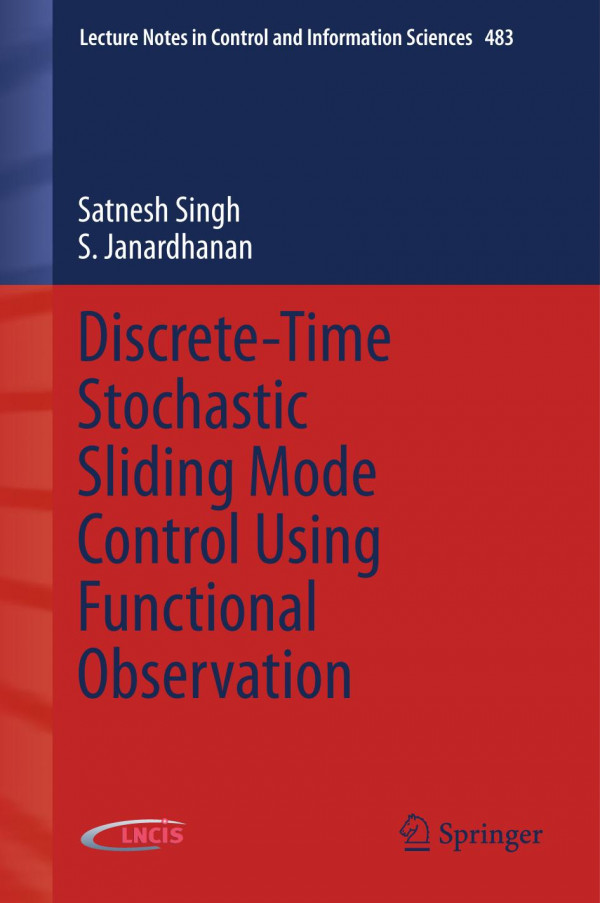

Most ebook files are in PDF format, so you can easily read them using various software such as Foxit Reader or directly on the Google Chrome browser.
Some ebook files are released by publishers in other formats such as .awz, .mobi, .epub, .fb2, etc. You may need to install specific software to read these formats on mobile/PC, such as Calibre.
Please read the tutorial at this link: https://ebookbell.com/faq
We offer FREE conversion to the popular formats you request; however, this may take some time. Therefore, right after payment, please email us, and we will try to provide the service as quickly as possible.
For some exceptional file formats or broken links (if any), please refrain from opening any disputes. Instead, email us first, and we will try to assist within a maximum of 6 hours.
EbookBell Team

4.7
26 reviewsThis book extrapolates many of the concepts that are well defined for discrete-time deterministic sliding-mode control for use with discrete-time stochastic systems. It details sliding-function designs for various categories of linear time-invariant systems and its application for control. The resulting sliding-mode control addresses robustness issues and the functional-observer approach reduces the observer order substantially.
Sliding-mode control (SMC) is designed for discrete-time stochastic systems, extended so that states lie within a specified band, and able to deal with incomplete information. Functional-observer-based SMC is designed for various clauses of stochastic systems: discrete-time; discrete-time with delay; state time-delayed; and those with parametric uncertainty. Stability considerations arising because of parametric uncertainty are taken into account and, where necessary, the effects of unmatched uncertainties mitigated. A simulation example is used to explain the use of the functional-observer approach to SMC design.
Discrete-Time Stochastic Sliding-Mode Control Using Functional Observation will interest all researchers working in sliding-mode control and will be of particular assistance to graduate students in understanding the changes in design philosophy that arise when changing from continuous- to discrete-time systems. It helps to pave the way for further progress in applications of discrete-time SMC.